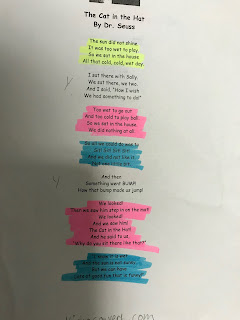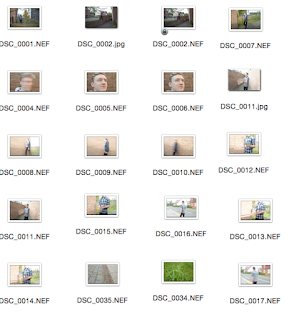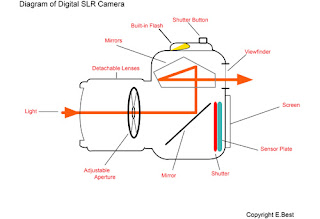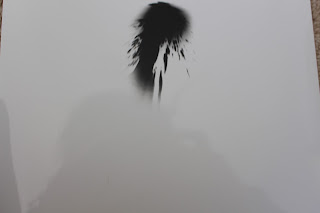Camera-less photographer research - Willie Anne Wright Pinhole
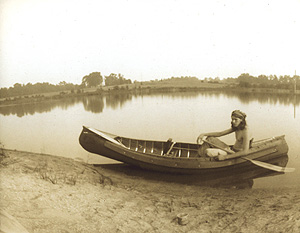
Willie Anna Wright Willie Anna Wright was born 6th June 1924, in Richmond, Virginia. She is an American photographer who is first known for her painting and later known for her pinhole photographs. Wright began as a artist, using paint and teaching classes. It wasn't until 1972 when she began more photographic art, focusing on the camera-less technique of pinhole photography. She studied at college of William & Mary and Maine Photographic workshops in New York, where one of her first assignments was to construct a pinhole camera, with many unsuccessful outcomes and few experiences in the darkroom she continued to perfect her technique. This is where everything spiralled from. Wright photographed many different subjects from landscape shots to fruit and vegetables and portraits, she also used different medias like greyscale and full colour pinhole images. In 1988 Wright went and bought a world famous Santa Barbara pinhole camera. The process Pinhole photographs ar...
